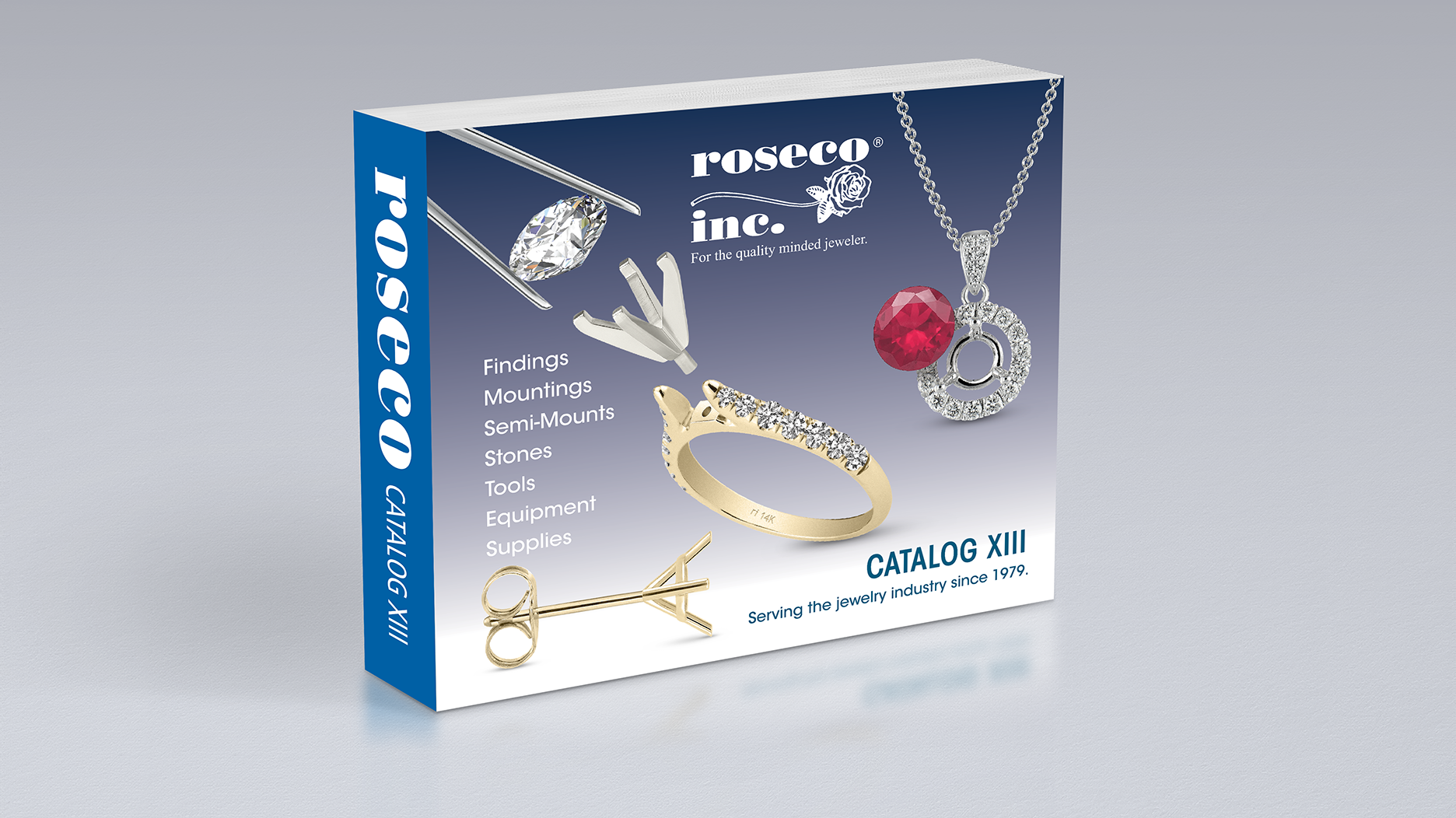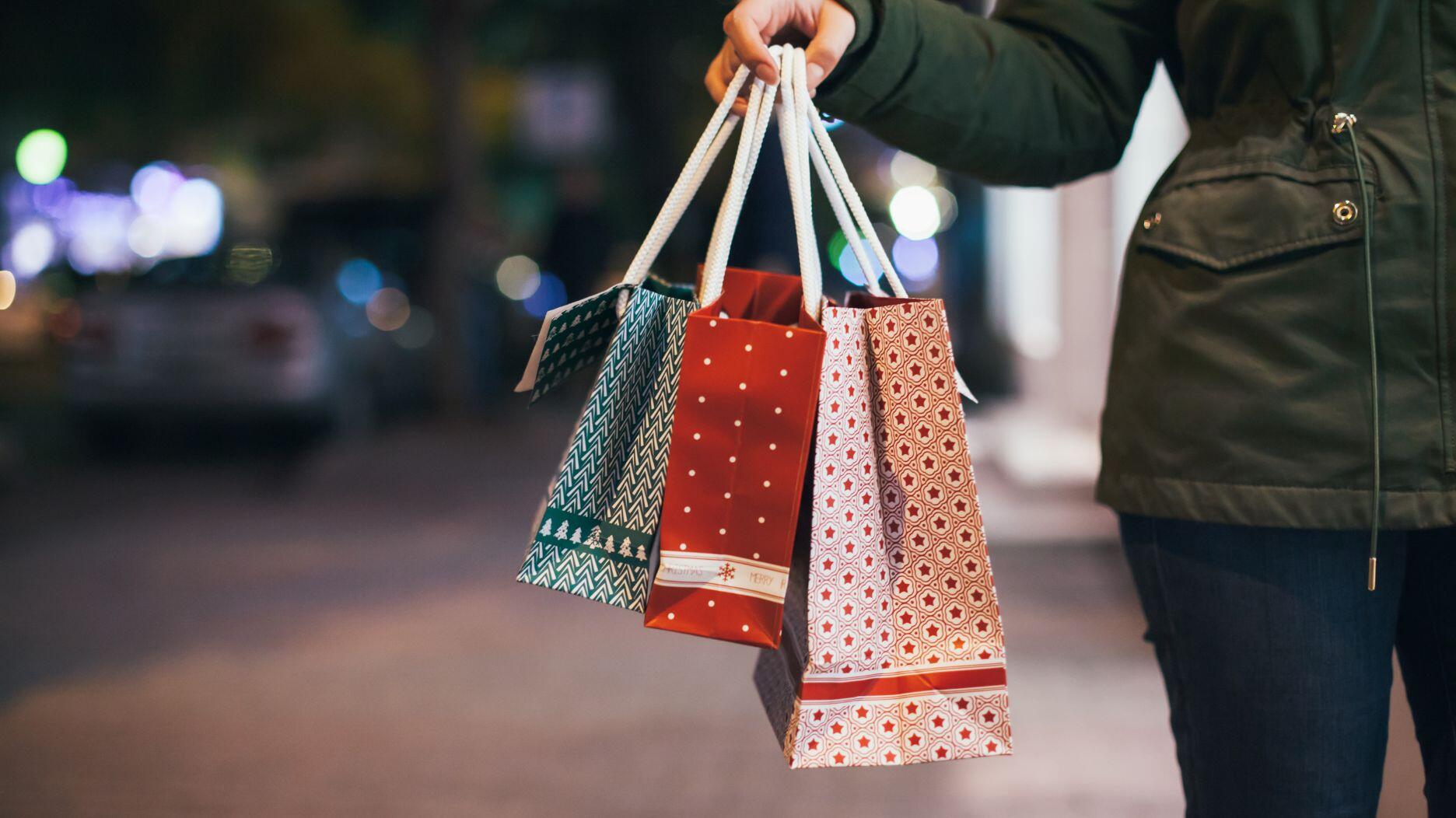Ahead of the hearing, two industry organizations co-signed an amicus brief urging the court to declare Trump’s tariffs unlawful.
4 Insights on the Importance of Third-Party Verification
MVI Marketing asked 1,500 jewelry consumers about the knowledge that drives their purchasing decisions and where they put their trust. Here’s what they said.
New York—It’s not just gems and jewelry; consumers today are demanding to know more about the origin of all the products they buy and their paths to market.
Consumers are also increasingly putting their trust in independent third-party verification of product claims, a new survey shows.
MVI Marketing recently conducted a survey to understand the importance to jewelry buyers of independent third-party verification on claims of social and environmental impact or country of origin by diamond manufacturers, brands and retailers.
It polled 1,506 people in the United States and Canada, all of whom had purchased or received fine jewelry within the past year.
Here are four insights gleaned from the survey’s results.
1. Knowledge of social and environmental responsibility and country of origin claims affects purchasing decisions.
When asked how often they make a purchase because the product claims to be “environmentally friendly,” 42 percent of survey-takers said “very frequently,” while 45 percent said “somewhat frequently.”
A total of 40 percent indicated they make purchases “very frequently” when a product claims to be made with recycled material. Thirty-eight said the same for organic products while 29 percent buy “very frequently” when a product claims to be fair trade.
Those who purchase “somewhat frequently” are at 45 percent for recycled material, 38 percent for organic and 43 percent for fair trade.
Survey-takers were also asked to rank which information, other than price, is most important for them to know prior to purchasing diamond jewelry.
At No. 1, not surprisingly, was the 4Cs, followed by a grading report and the reputation of the diamond or jewelry brand.
Following at No. 4 is knowledge that a diamond has been mined using socially and environmentally responsible methods.
No. 5 is the retailer’s reputation, and at No. 6 is that a lab-grown diamond has been created using socially and environmentally sustainable methods.
Falling at No. 7 is whether the diamond is lab-grown or mined and at No. 8 is its country of origin.
What’s more, when asked if knowing that a lab or mine has an adverse social and/or environmental impact would affect their purchase, 47 percent said yes, they would not buy that product, while 30 percent said it would “somewhat affect” their decision.
On the flip side, survey-takers were asked if they would be swayed to buy a piece of diamond jewelry knowing the lab or mine has a
Fifty percent said yes while 34 percent said it would “somewhat affect” their decision.
2. Consumers value third-party verification of a diamond’s country of origin and of companies’ social and environmental compliance.
When asked about the importance of third-party verification of a natural diamond’s country of origin and of compliance through independently created standards, 48 percent said it’s “very important” and 41 said it’s “somewhat important.”
For lab-grown diamonds, 44 percent said it’s “very important” while 42 percent said it’s “somewhat important.”
Not surprisingly, consumer confidence increases with third-party verification.
Survey takers were asked to rate, on a scale of 1 to 5, their confidence in a set of standards.
The mean rating was 3.1 for a set of standards created and reported by the company selling the product, but rose to 3.8 when the standards were created by a cross-section of parties and verified by a third party.
Respondents indicated that the latter is important because it offers a higher credibility (21 percent) and transparency (20 percent), uses industry best practices (17 percent) and provides independent quality control (17 percent).
3. Consumers will exhibit brand loyalty for third-party verification.
The survey asked participants if they would be more loyal to a brand or retailer that sells diamonds certified by an independent, third-party verification company.
The answer: 89 percent of consumers said yes (67 percent) or maybe (22 percent).
4. Consumers will pay more to know where their diamond jewelry comes from and what impact it had along the way.
Thirty-four percent of survey-takers said they would pay retail plus 5 percent to know for certain their diamond has been responsibly mined or grown in a lab using sustainable methods, while 20 percent said they would pay retail plus 10 percent for that knowledge.
Country-of-origin claims prompted 32 percent of respondents to indicate they’d pay retail plus 5 percent, and 17 percent to say retail plus 10 percent.
Thirty-one percent would pay retail plus 5 percent for independent verification of claims, while 20 percent would pay retail plus 10 percent.
A total of 30 percent of survey-takers said they’d pay retail plus 5 percent to know their lab-grown diamonds were traced from lab to market and 20 percent indicated they’d pay retail plus 10 percent for this knowledge.
The Latest

Stuller COO Belit Myers will take on the additional role of president, with all changes effective at the start of 2026.

Smith cautions retailers against expending too much energy on things they can’t control, like the rising price of gold.
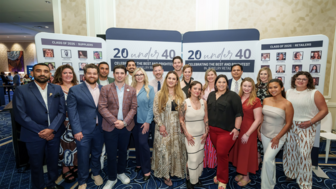
From educational programs, advocacy, and recent MJSA affiliation, Jewelers of America drives progress that elevates businesses of all sizes.
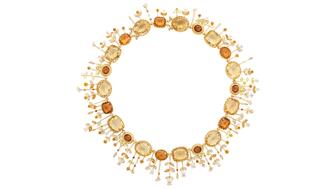
Citrine and topaz are birthstones fit for fall as the leaves change color and the holiday season approaches.


The family-owned jeweler will open its fourth store in Florida in late 2027.

The NYPD is looking for three men who stole a safe and jewelry valued at $3.2 million from the home of a jeweler in Jamaica Hills, Queens.
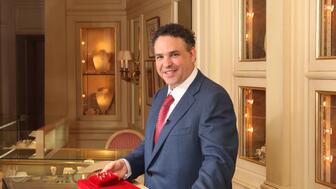
The trade organization also announced its executive committee and five new directors.

The “Have a Heart x Diamonds Do Good” collection is championed by model and humanitarian Flaviana Matata and will benefit her foundation.
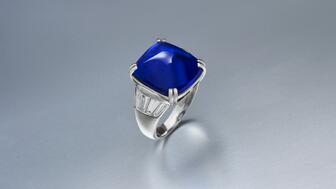
The ring, set with a nearly 17-carat Kashmir cabochon sapphire, sold for $1 million.

This “Mother Father” spinner necklace from Heavenly Vices Fine Jewelry draws inspiration from Victorian Era jewelry.
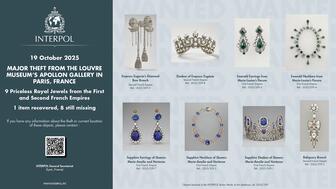
The suspects were rounded up in Paris and its suburbs on Wednesday night, but none of the stolen jewels were recovered with them.

Experts share top tips on how to encourage positive reviews and handle negative feedback.

Sponsored by the Gemological Institute of America
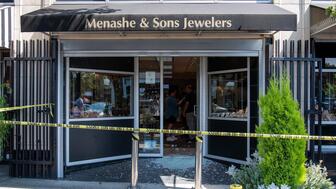
The suspect faces charges in the August robbery of Menashe & Sons Jewelers and is accused of committing smash and grabs at two pawn shops.

The “Lumière Fine” collection was born from designer Alison Chemla’s interest in the transformative power of light.
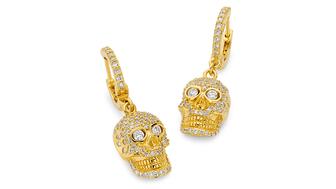
Show off your spooky side with these 12 festive jewels.
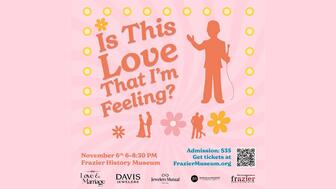
The “Brilliant & Beyond” panel coincides with the “Love & Marriage” exhibition curated by Davis Jewelers in Louisville, Kentucky.

Consumers are feeling more optimistic about their present situation while the short-term future remains a little scary.
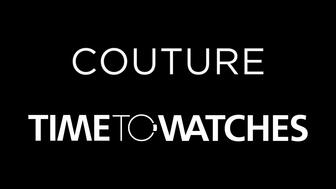
The company, which organizes a watch show in Geneva every spring, will bring a selection of watch brands to the 2026 Couture show in Vegas.
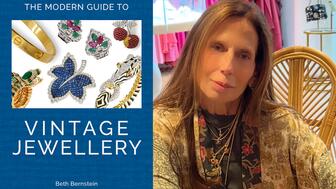
“The Modern Guide to Vintage Jewellery” follows the evolution of jewelry design from the ‘30s to the ‘80s with buying and styling advice.
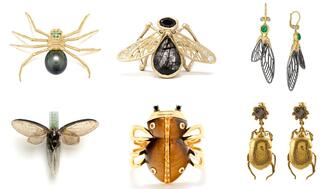
For her annual Halloween story, Senior Editor Lenore Fedow explores the symbolism behind spiders, beetles, and other eerie insects.
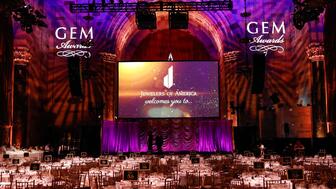
Notable jewelry designers, members of the press, and retailers are up for an award at next year’s gala.

Leaders from Jewelers of America and National Jeweler discuss the gold price, tariffs, and more in this one-hour webinar.

After experiencing motherhood, growth, and loss, founder and designer Erin Sachse has created 10 irreplaceable jewels.
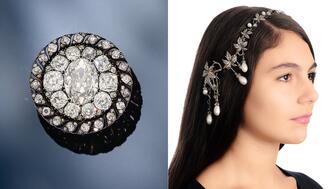
It is part of Sotheby’s “Royal & Noble Jewels” sale along with an ornate hair ornament and an old mine-cut light pink diamond ring.










